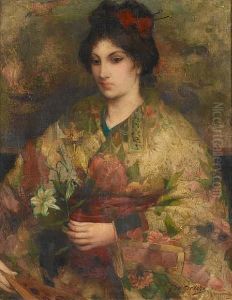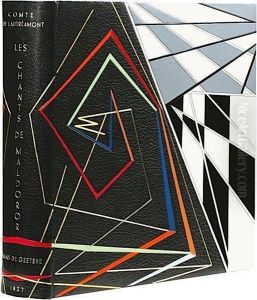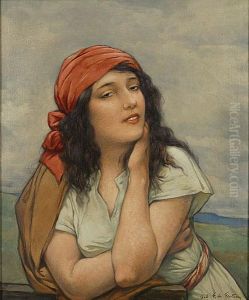Georges Francois De Geetere Paintings
Georges François De Geetere was a Belgian artist born on May 14, 1868, in Courtrai, Belgium. He was known for his work as an etcher, painter, and illustrator. De Geetere studied under the guidance of Jean-Léon Gérôme at the École des Beaux-Arts in Paris. Gérôme was a prominent and influential French painter and sculptor in the style now referred to as academicism. The rigorous training at the École des Beaux-Arts would have provided De Geetere with a solid foundation in the traditional methods of drawing and painting, which was typical for artists of his era.
De Geetere's work was primarily influenced by the Symbolist movement, which was prevalent at the end of the 19th century. Symbolism was a reaction against naturalism and realism, emphasizing the mystical and ideal aspects of life and art. As a Symbolist, De Geetere's work often featured themes of love, death, and the metaphysical, exploring the inner life and emotions rather than objective reality.
Throughout his career, De Geetere exhibited his works in various salons and galleries. He was associated with literary figures of his time, and his illustrations appeared in limited edition books, which were often sought after by collectors of the era. His etchings and illustrations often carried a haunting, dreamlike quality that was characteristic of the Symbolist aesthetic.
De Geetere was part of a vibrant artistic community in Paris during the late 19th and early 20th centuries, a period that was rich in artistic experimentation and innovation. While not as widely known as some of his contemporaries, his work contributed to the diverse tapestry of artistic styles that characterized the period.
Georges François De Geetere's life came to an end on August 28, 1924. Although he is not as widely recognized today as some of his contemporaries, his work remains a testament to the Symbolist movement and provides insight into the rich artistic milieu of Paris during his lifetime. His etchings and paintings continue to be of interest to collectors and art historians who study the period.


